What has been termed “one of the most interesting and important archives of historic Irish film inside or outside of institutional collections” is to lead the Eclectic Collector sale by Whyte’s auctioneers on May 13th.
Expected to make between €150,000 and €200,000, the reels cover the period 1916 to 1923 and are described by the auction house as “extremely important”.
The archive of 360 minutes was taken by various freelance camera men, commissioned by film distributor Jacob Baum of Abbey Street, who would have supplied footage to various newsrooms at the time.
Much of it unpublished, it features the 1916 Rising aftermath, shooting in Marlborough Street, the funeral of Thomas Ashe, and the infamous Black and Tans’ (the Auxiliaries) destruction of villages, creameries and businesses during the War of Independence.
READ MORE
Among the hours of footage is the aftermath of Bloody Sunday, the killing of Sean Treacy on Talbot Street while Civil War footage includes the siege of the Four Courts, the funeral of Michael Collins (his election in 1922 is also covered) and more.
The footage is contained in 12 cans of safety film and one of nitrate, so it can be transferred to any format or “it could also make millions of prints” according to Ian Whyte who has curated the sale, and hopes that “an institution or film company such as RTÉ or the BBC might purchase the important footage”.
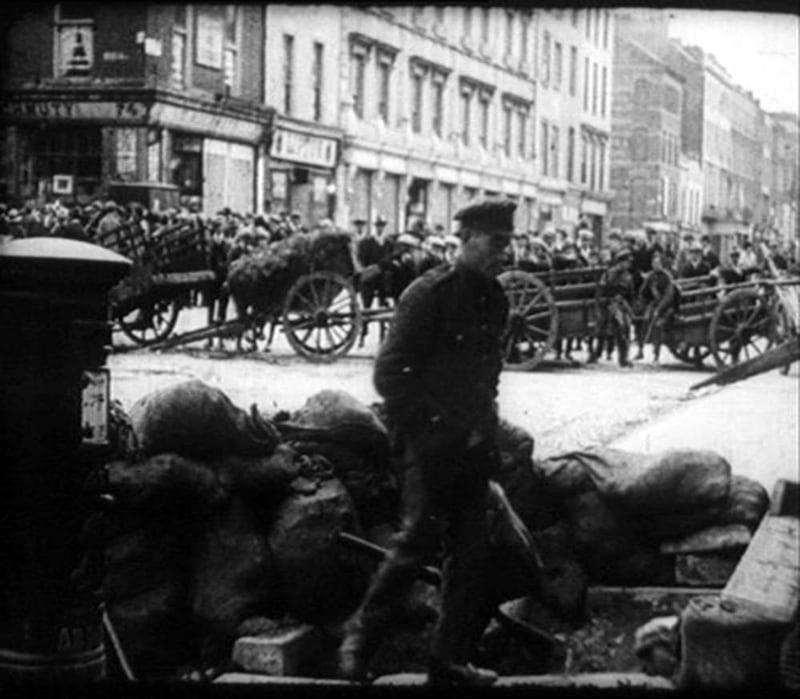
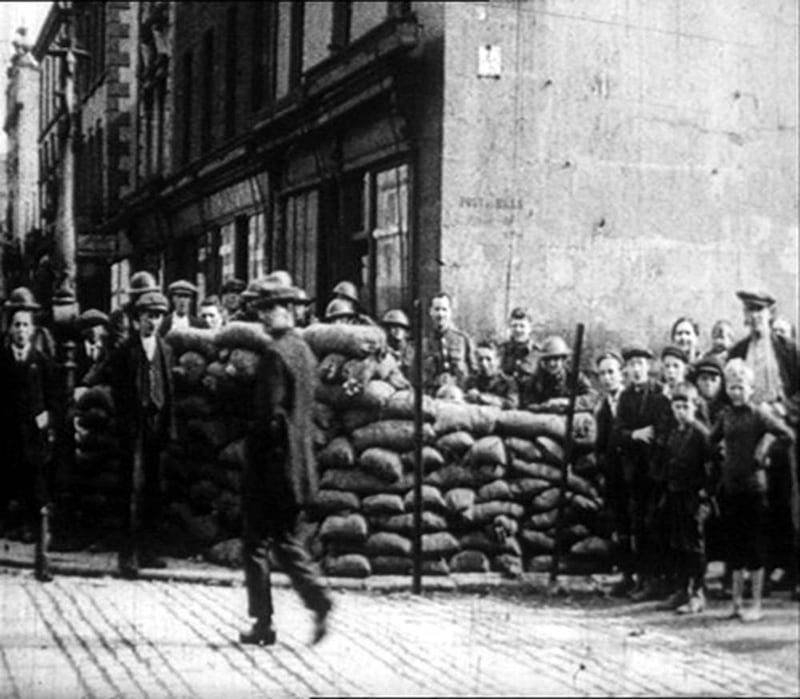
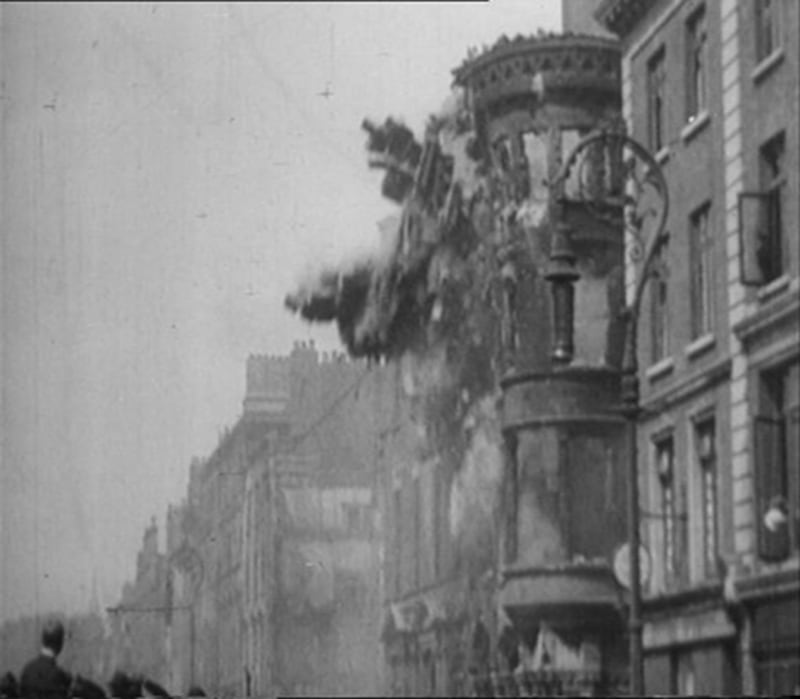
The first moving images of Ireland were made by French cameramen in 1897 who shot footage of Sackville Street (today O’Connell Street).
Ireland didn’t have indigenous film production companies until 1916 – according to the Irish Film Institute – and the Film Company of Ireland, which registered in 1916 with offices on Sackville Street – was destroyed in the Easter Rising.
Interestingly, one of the first pieces of legislation passed by the Irish Free State was the Censorship of Films Act in 1923, set to guard the population from the “indecent, obscene or blasphemous”.
This footage on offer at Whyte’s Eclectic Collector auction was previously put up for sale during the recession (2012) but failed to attract a buyer.
Acquired by its current owner back in 2006 for the sum of €96,000, it has since then been professionally restored and copied to DVD and the fact that there is only one nitrate reel means less danger with regards to storage as nitrate film is very unstable hence combustible.
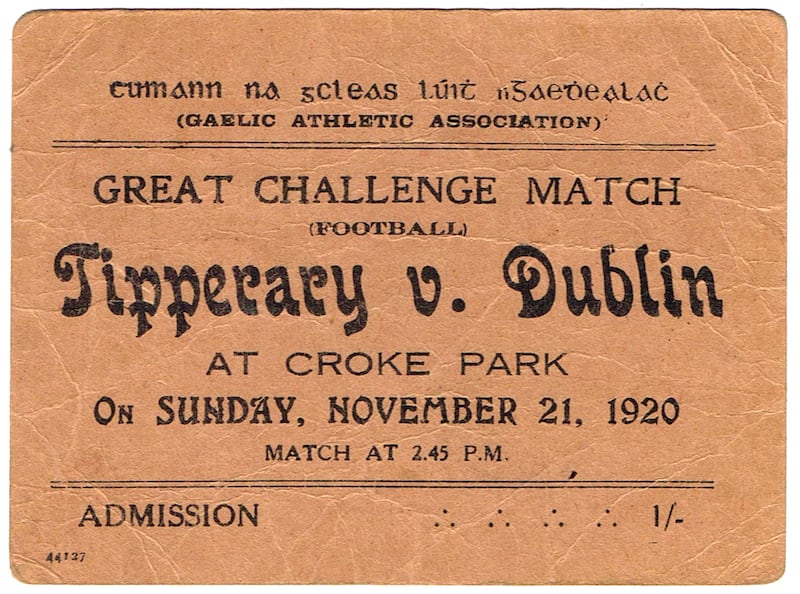
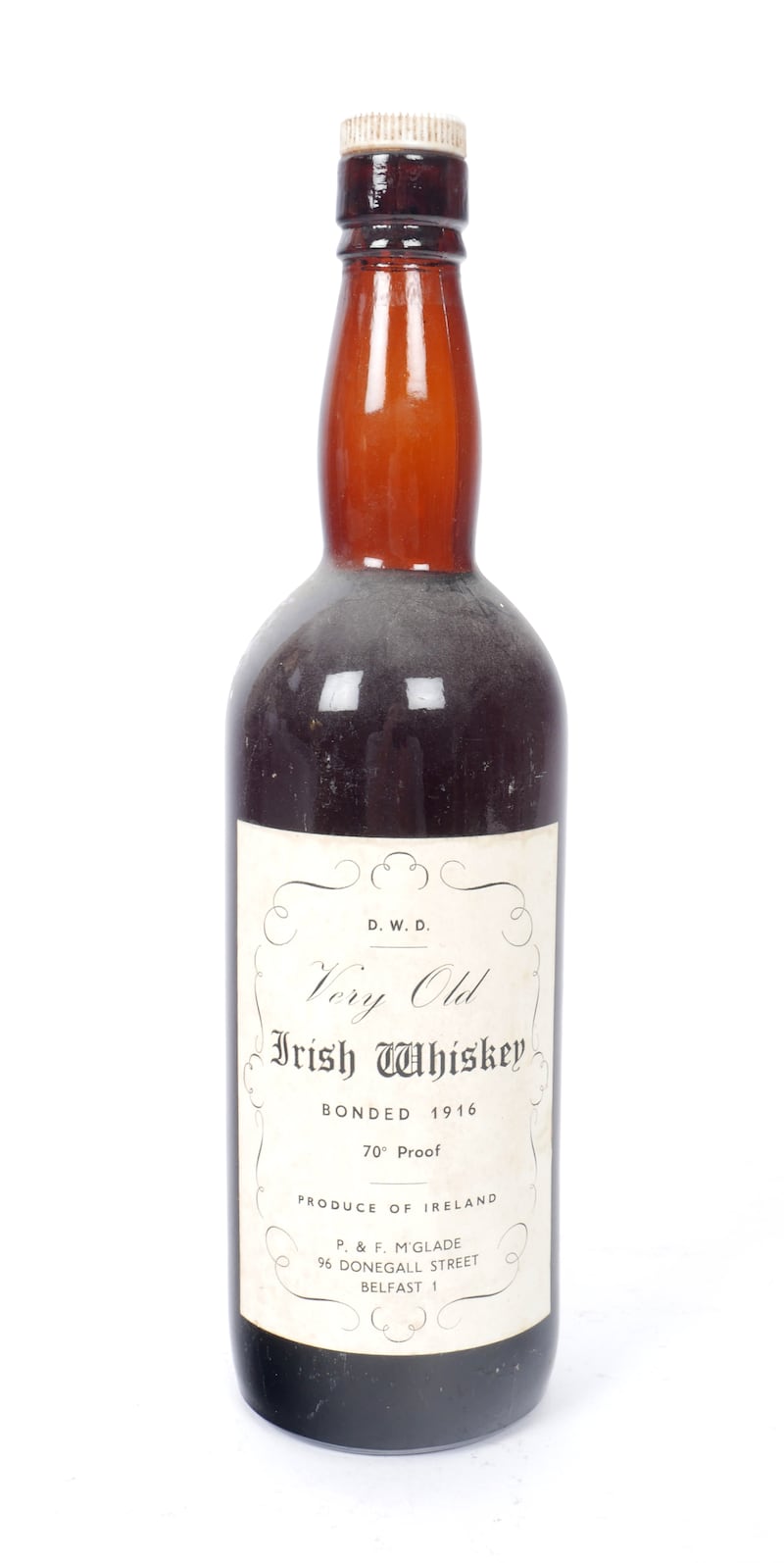
Contemporaneous with this footage is a GAA ticket for Tipperary versus Dublin on Bloody Sunday (€8,000-€12,000) and a very old bottle of Irish whiskey from 1916 by P & F McGlade, Belfast which was matured for over 50 years in cask (€15,000-€20,000).
James Joyce, one of the greatest and most influential writers of the 20th century, set up Ireland’s first cinema, the Volta Electric Theatre at 45 Mary Street in 1909. It didn’t last long as the Italian and European films were said to be shunned by Dubliners at the time, and after seven months Joyce withdrew his involvement.
When he died in Zurich in 1941, his wife Nora consented to have a death mask made and Paul Speck was commissioned to make the cast, of which three were produced. One of these is now housed at the James Joyce Museum in Dublin while the other two are held by the James Joyce Foundation in Zurich.
Following an extensive study of the original masks and photographs of Joyce, a bronzed plaster (stamped and inscribed) was made and is now being offered in Whyte’s sale. Entitled ‘Portrait of the Artist as a Dead Man or Corpus Dedalus’ the piece is expected to fetch between €800 and €1,200.
Rory Gallagher, the world-renowned Irish guitarist, is also represented with an archive from his time in the Fontana Showband.
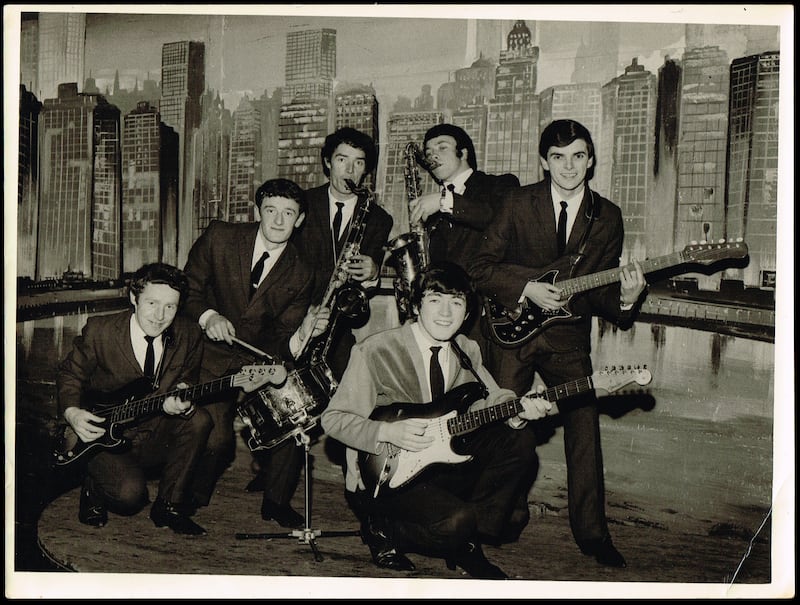
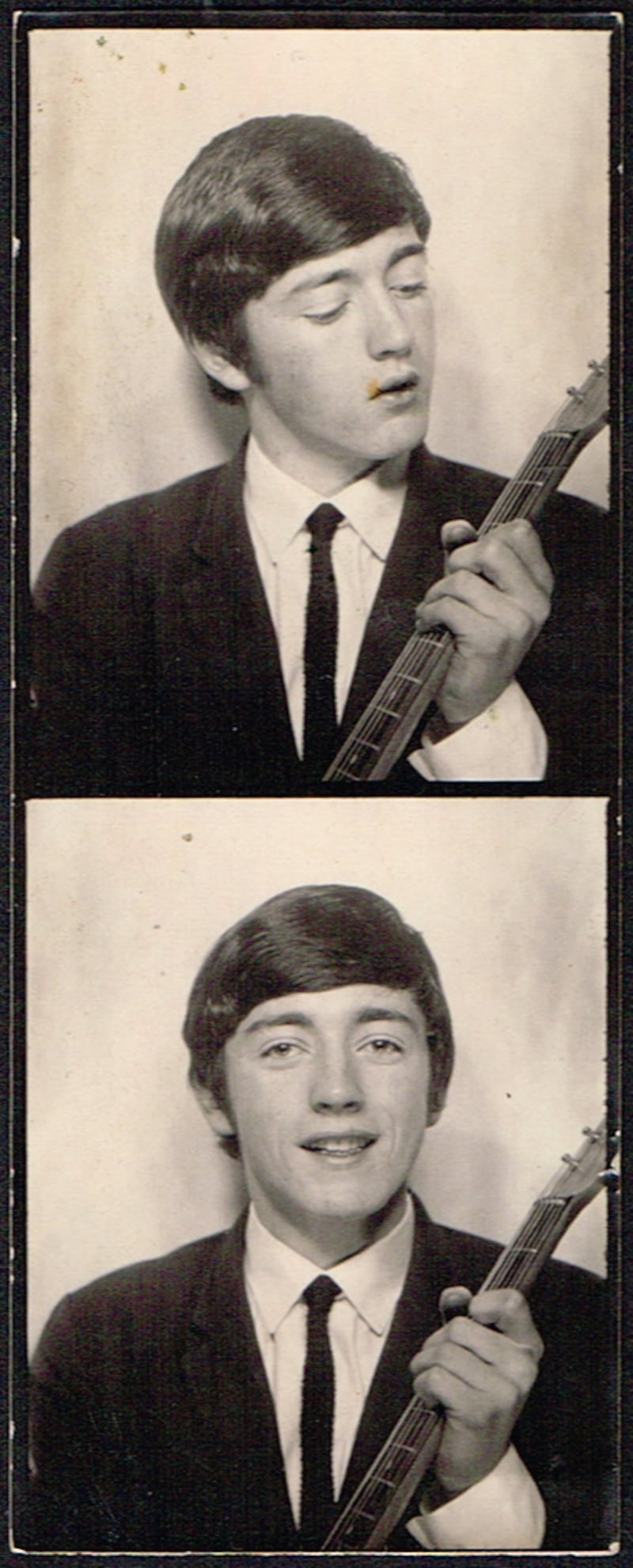
Passed down by Fontana Showband manager Philip Prendergast and thence by descent, it features 34 original monochrome photographs of the band, promotional material, cuttings and Rory’s harmonica and sunglasses. It also includes a reel-to-reel tape by Kingsway Recording, London and a CD copy of same. (€15,000-€20,000). whytes.ie
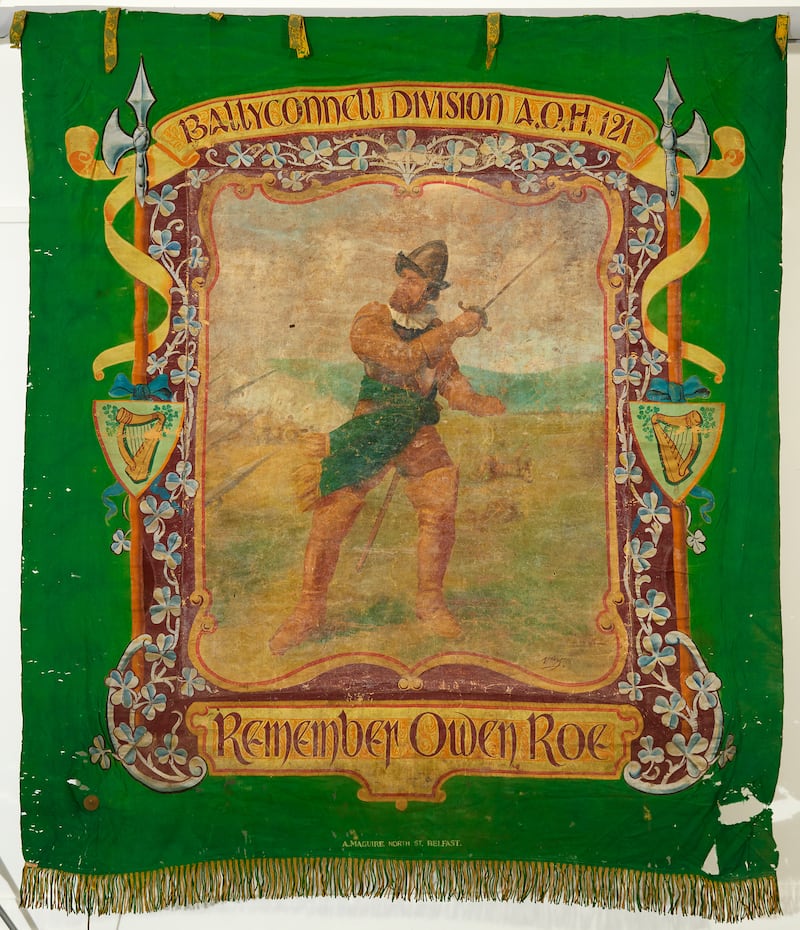
Gallagher, who died at the age of just 47, has been acknowledged by U2′s The Edge, Slash of Guns N’ Roses, Johnny Marr of the Smiths and Brian May of Queen as being an inspiration to them in their formative years.
Tributes to the Donegal-born musician include sculptures in Temple Bar, Cork, Ballyshannon and the Rory Gallagher Music Library in Cork, while a street in Paris has been renamed Rue Rory Gallagher. He has also been immortalised with a guitar and an amp pedal taking his name.












